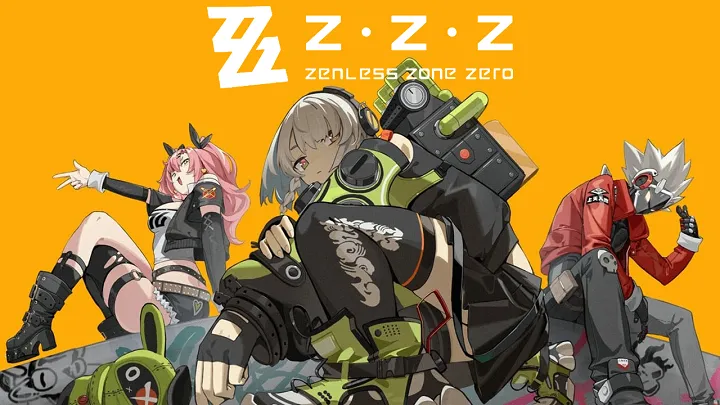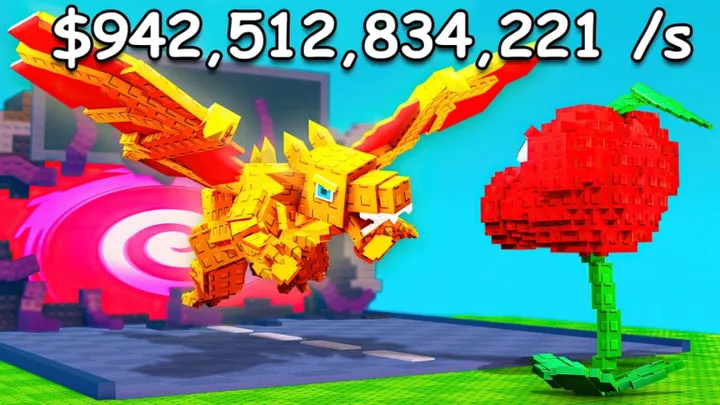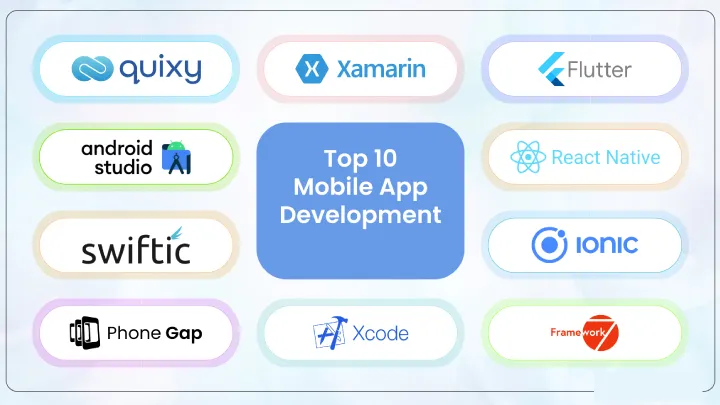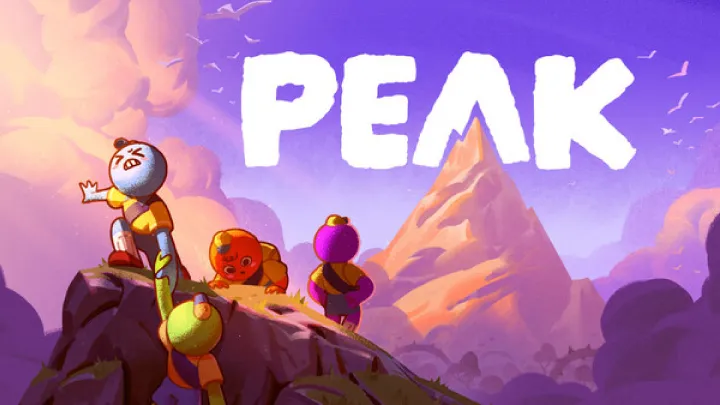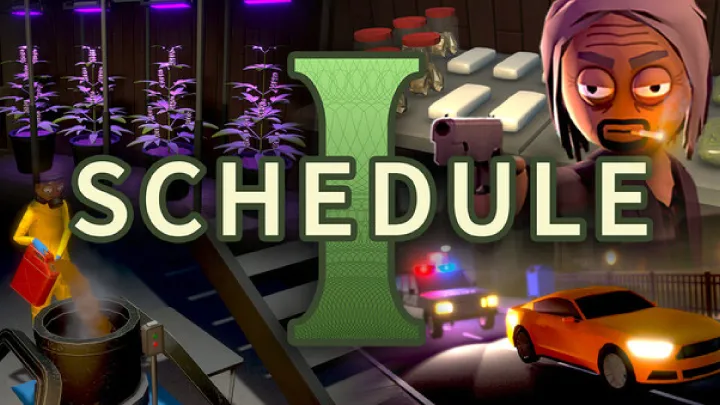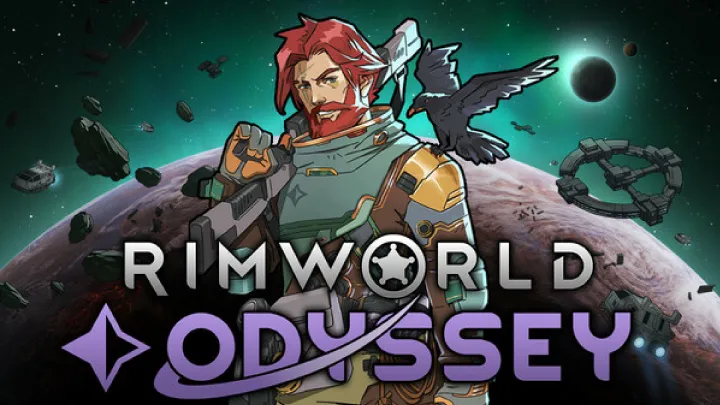Introduction
Platformer games have been a cornerstone of the video game industry since its early days. From simple 2D side-scrollers in the 1980s to complex precision challenges in modern titles, platformers have captivated players with a combination of agility, timing, and exploration. The appeal of platformers lies in their simplicity, intuitive mechanics, and timeless gameplay that can be enjoyed across generations.
Games like Super Mario Bros., Sonic the Hedgehog, and Mega Man set benchmarks for the genre, introducing iconic characters, inventive level design, and challenging mechanics that shaped the future of gaming. Even modern platformers like Celeste prove that the genre can evolve while retaining its classic charm.
What makes platformers enduring is not just nostalgia but their fundamental design philosophy. They combine skill-based challenges with exploration, storytelling, and often subtle puzzles. The core mechanics are easy to understand but hard to master, ensuring a satisfying experience for both casual and hardcore players.
This article explores five classic platformer games that never get old, examining their gameplay, innovations, and lasting impact on the gaming community.
1. Super Mario Bros.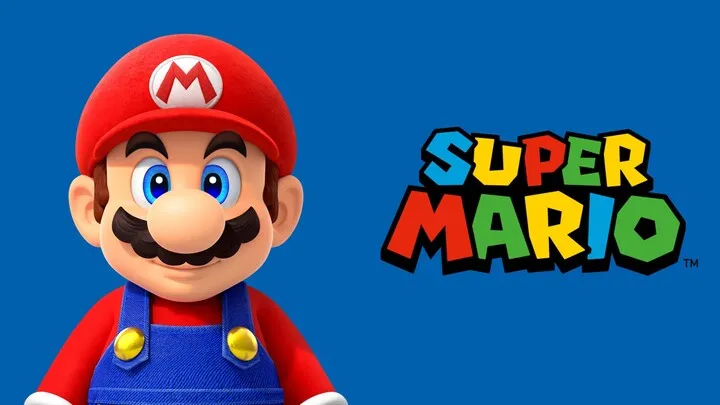
Overview
Released by Nintendo in 1985, Super Mario Bros. is arguably the most influential platformer of all time. Developed for the NES, it introduced players to the Mushroom Kingdom, where Mario embarks on a quest to save Princess Peach from Bowser.
Gameplay
Players control Mario as he runs, jumps, and navigates through 8 worlds, each containing multiple levels. Power-ups like the Super Mushroom, Fire Flower, and Star provide unique abilities, while hidden secrets and warp zones encourage exploration. Timing and precision are critical, especially in later levels with moving platforms and tricky enemies.
Legacy
Super Mario Bros. set the standard for side-scrolling platformers, introducing responsive controls, creative level design, and a cohesive game world. Its influence can be seen in nearly every platformer released since. The game’s success also helped establish Mario as a cultural icon and Nintendo as a leading gaming company.
Pros and Cons
Pros:
- Iconic and timeless gameplay
- Balanced difficulty curve
- Creative level design and secrets
Cons:
- Simple graphics by today’s standards
- Limited replayability for modern gamers
2. Sonic the Hedgehog
Overview
Developed by Sega in 1991, Sonic the Hedgehog introduced players to high-speed platforming with the blue blur himself. Sonic’s speed-focused gameplay contrasted with slower, methodical platformers like Mario, creating a new niche in the genre.
Gameplay
Players control Sonic as he dashes through loops, spikes, and enemies while collecting rings for protection. Momentum and timing are crucial, with levels designed for both speed runs and exploration. Boss battles at the end of each zone add challenge and variety.
Legacy
Sonic the Hedgehog helped establish Sega as a major competitor to Nintendo. Its focus on speed and attitude-driven character design influenced countless platformers and even extended into cartoons, comics, and merchandise. Sonic remains one of the most recognizable video game characters globally.
Pros and Cons
Pros:
- Fast-paced, adrenaline-fueled gameplay
- Memorable character and soundtrack
- Innovative level design
Cons:
- Some levels require trial and error
- Physics can feel inconsistent at high speeds
3. Mega Man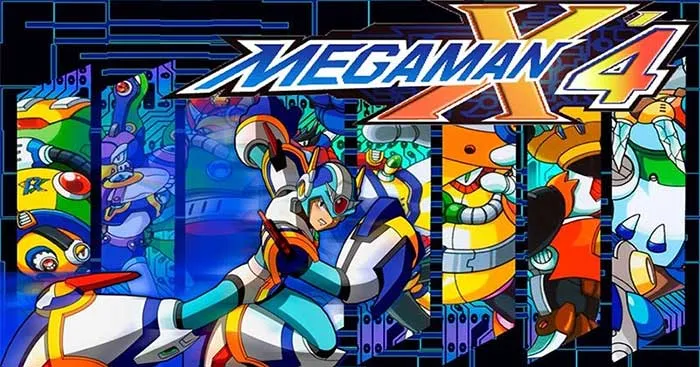
Overview
Mega Man, released by Capcom in 1987, combined platforming with strategic combat. Players control the titular robot hero, battling through enemy-filled levels and acquiring their weapons.
Gameplay
Mega Man’s core mechanic involves precise jumping and shooting. Defeating bosses grants players new weapons, creating a rock-paper-scissors dynamic where players must choose the right tool for each challenge. Levels are challenging and demand skill, timing, and strategy.
Legacy
Mega Man’s innovative boss progression system inspired future games, blending platforming with tactical decision-making. The franchise remains beloved, influencing modern platformers and maintaining a strong fanbase through spin-offs and remakes.
Pros and Cons
Pros:
- Strategic gameplay with weapon variety
- Challenging but rewarding levels
- Iconic music and character design
Cons:
- High difficulty may deter casual players
- Limited narrative depth compared to modern titles
4. Castlevania
Overview
Released in 1986 by Konami, Castlevania blended platforming with action and exploration. Players take on vampire hunters navigating Dracula’s castle, combining combat with precise jumps and enemy dodges.
Gameplay
Players use weapons like whips, knives, and holy water to defeat enemies while progressing through treacherous platforming sections. Each level is designed with increasing difficulty, traps, and secret passages. Later entries introduced RPG elements and nonlinear exploration, creating the “Metroidvania” subgenre.
Legacy
Castlevania set a standard for action-platformers, inspiring countless games and the popular Metroidvania genre. Its gothic atmosphere, challenging gameplay, and memorable music have ensured its place in gaming history.
Pros and Cons
Pros:
- Engaging combat combined with platforming
- Gothic aesthetic and music
- Influential on future game design
Cons:
- Some entries are notoriously difficult
- Limited accessibility for new players
5. Celeste
Overview
Celeste, released in 2018 by Matt Makes Games, is a modern platformer that combines precision jumping with a touching narrative. Players help Madeline climb Celeste Mountain while overcoming both physical and personal challenges.
Gameplay
Celeste emphasizes precise controls, wall-jumping, and stamina management. Levels are meticulously designed to challenge players while teaching mechanics gradually. Collectibles, hidden areas, and B-sides provide additional replayability for completionists.
Legacy
Celeste demonstrates that platformers remain relevant in the modern era. Its combination of challenging gameplay, emotional storytelling, and accessibility options has earned critical acclaim, influencing contemporary indie platformers.
Pros and Cons
Pros:
- Tight, responsive controls
- Emotional and engaging narrative
- Modern accessibility features
Cons:
- Very challenging for casual players
- Limited variety in aesthetic between levels
Conclusion
Platformer games have endured because they combine simplicity with depth. From the iconic Super Mario Bros. and Sonic the Hedgehog to strategic Mega Man, gothic Castlevania, and modern Celeste, these games show that solid mechanics, creative level design, and memorable characters create timeless experiences.
Whether it’s nostalgia for retro titles or admiration for modern precision platformers, these games prove that platformers never truly get old. They continue to inspir
